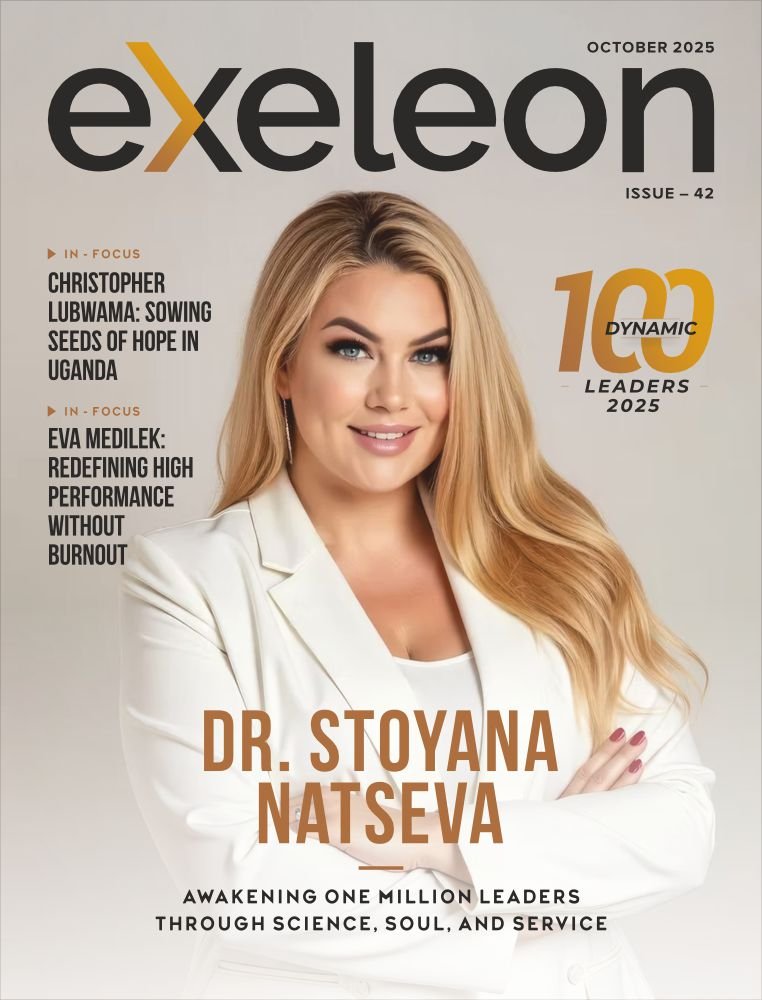
Fashion doesn’t sleep. Seasons turn fast, and styles change even faster. What used to work a few years ago now feels outdated. For modern brands, success is not only about creativity anymore. It’s about efficiency, clarity, and control.
The industry has reached a point where technology defines how smoothly everything runs. From sketch to store, brands need systems that connect people, data, and processes without chaos.
Centralizing the Moving Parts
The fashion supply chain looks glamorous from the outside but messy on the inside. Fabric orders, production runs, shipping schedules, and stock levels all move at once. If one piece slips, the whole chain slows down. That’s where the best apparel ERP software comes in. It pulls all those parts together into one clean system.
Instead of scattered spreadsheets, teams work inside a unified space. Designers, buyers, and managers can see the same information at the same time. When a fabric order changes, the update travels instantly. When a product ships, the tracking data appears right away. This level of coordination keeps things tight and transparent. It also saves brands from the confusion that often eats up time and money.
Data That Drives Smart Decisions
Fashion has always relied on intuition. But instinct alone can’t handle the scale of today’s business. Data fills that gap. ERP platforms collect huge amounts of information from every corner of the operation. Sales trends, production rates, and material costs all live in one place.
That data tells a story. It shows what works, what lags, and what needs change. A brand can see which styles perform best or which suppliers delay too often. Those insights turn into faster, smarter decisions. The guesswork fades. The numbers point the way. In a competitive space like fashion, that precision makes all the difference.
Smoother Collaboration Across Teams
Big fashion houses rely on teamwork. Designers create, production builds, and logistics deliver. Yet, many teams still work in isolation. Misunderstandings happen because the tools don’t match. ERP software fixes that by creating a common language between departments.
Everyone sees the same project timeline. Everyone knows the next step. There’s no need for endless emails or repeated meetings. The system keeps people connected even when they work from different cities. That flow builds confidence and cuts down on mistakes. It also helps brands keep their focus on the bigger picture instead of daily chaos.
Managing Growth Without the Growing Pains
Growth sounds great until it overwhelms you. More stores, more customers, and more product lines create pressure. Without the right structure, growth turns into disorder. ERP systems help brands expand without losing control.
The best platforms scale with the business. They handle more data, more users, and more regions without breaking down. They track complex inventory setups and keep pricing consistent across countries. For a growing brand, that reliability feels priceless. It keeps progress sustainable instead of stressful.
Reducing Waste and Boosting Accountability
Fashion’s biggest challenge has always been waste. Overstock piles up. Materials go unused. Orders get lost. ERP software gives brands visibility into where waste happens and how to stop it. It tracks materials in real time and adjusts purchasing to match demand.
It also builds accountability. Every move gets logged. Every delay has a record. That transparency pushes teams to stay sharp. It’s not about pressure — it’s about ownership. People make better choices when they can see the full impact of their actions. Waste drops. Margins rise. The whole system feels cleaner.
Supporting a Sustainable Future
Sustainability and efficiency often walk hand in hand. ERP systems help brands make greener choices without hurting profits. By keeping operations lean, they cut unnecessary production and transport. They also make traceability easier, which matters to conscious consumers.
A brand can show exactly where materials come from and how they travel. It can prove compliance with ethical standards. That builds trust with buyers who care about transparency. In a world where image matters as much as action, those details strengthen both reputation and responsibility.
Wrapping Up
Operational excellence in fashion doesn’t come from working harder. It comes from working smarter. Tools like the best apparel ERP software redefine how brands run from the inside out. They connect people, automate processes, and turn data into direction.
The result is not just faster workflows but deeper understanding. Brands can grow without chaos, scale without confusion, and innovate without losing focus. The mix of creativity and structure creates balance — the kind that keeps a company strong even in uncertain times. The future of fashion belongs to those who use technology not just to manage operations but to master them.









